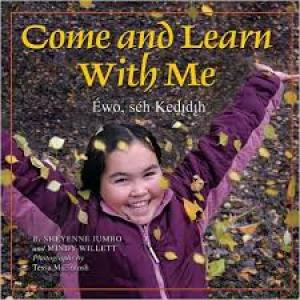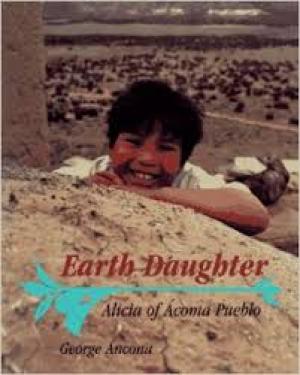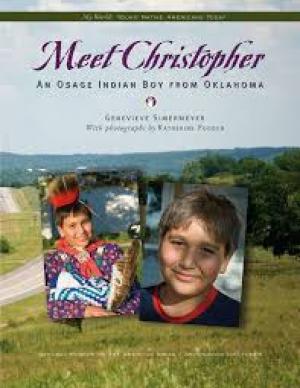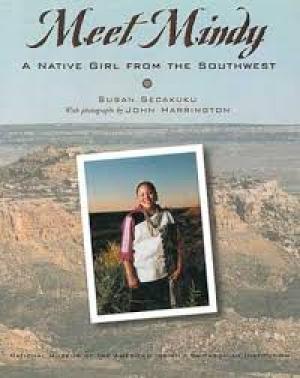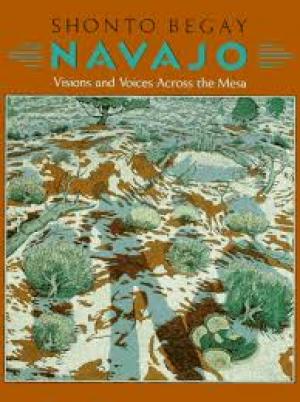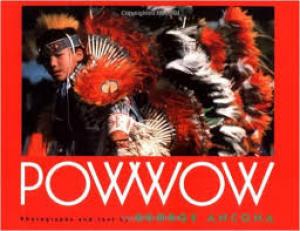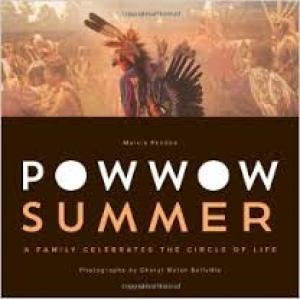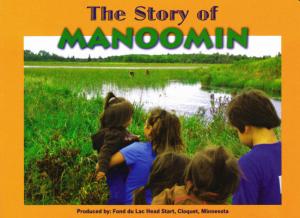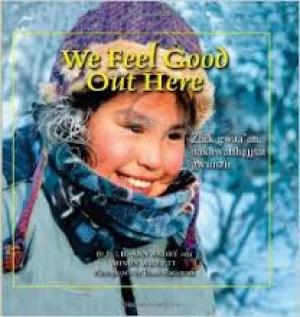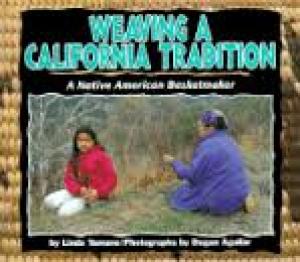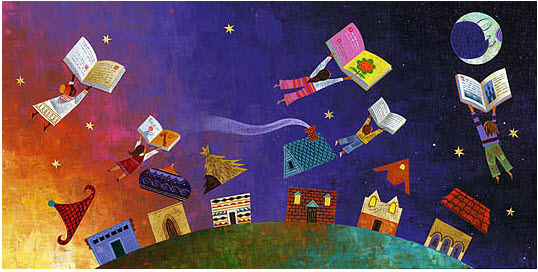Photo Essays: American Indian / Alaska Native Heritage
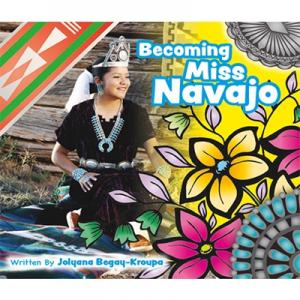
These photo essays feature Native children and families in their daily lives, whether doing chores or preparing for a special celebration. Many of these titles are part of a series; series titles are noted following the book description.
Other Resources
Find more American Indian/Alaska Native (AIAN) titles through:
- Colorín Colorado's AIAN Booklists and Book Finder
- American Indian Youth Literature Award
- Indigenous Reads Rising (We Need Diverse Books)
- Native Children's and Young Adult Books and Resources (Cynthia Leitich Smith)
- American Indians in Children's Literature (Dr. Debbie Reese)
Becoming Miss Navajo
As a little girl, Jolyana Begay-Kroupa dreamed of becoming Miss Navajo. After years of learning the language, culture, and traditions, her chance finally comes to take on the important role. The skills she learned help her in tough competitions but will they be enough to earn her the crown of Miss Navajo? Witness the inspiring true story of what it takes to become Miss Navajo and how the competition is only the beginning.
Come and Learn With Me
"Sheyenne is from a small Dene community in Trout Lake, North West Territories. Readers will learn about diverse activities during harvest time, such as preparing moose meat and the hide, making birch bark containers, gathering plant medicine, singing songs, and telling stories…Sheyenne leads an enjoyable journey as she shows readers her community of teachers — her family — while she learns about her language and culture." — CM Magazine (The Land Is Our Storybook)
Earth Daughter: Alicia of Acoma Pueblo
Alicia, a member of the Ácoma Pueblo in New Mexico, learns the art of pottery from her parents in this photo essay from George Ancona. Follow Alicia throughout the entire process of making pottery, from shale collecting in the canyon to the formation and decoration of pots.
Grandchildren of the Lakota
In an informal and lively manner, a Lakota grandmother tells about her people, who are part of a larger group frequently referred to as Sioux Indians. The text begins with a brief history of the tribe and then discusses culture and modern life. References to and photographs of various youngsters make the account more personal. — School Library Journal (World's Children)
Ininatig's Gift of Sugar: Traditional Native Sugarmaking
For two or three weeks each spring, an elder named Gahgoonse (Little Porcupine, or "Porky" for short) holds his sugarbush camp by Lake Independence, Minnesota, where he teaches students from the city the serious business of collecting sap, boiling it down, and making maple syrup, candy, and sugar — and, of course, the giving of thanks for providing this most sacred of trees. — Oyate (We Are Still Here: Native Americans Today)
Meet Christopher: An Osage Indian Boy from Oklahoma
Readers will get to know Christopher, an eleven-year-old Osage boy from northeast Oklahoma. Join Christopher and his family at the annual I'n-lon-shka Dances on the Osage Reservation and meet his grandmother, who works at the Osage tribal museum. Learn the stories of Christopher's ancestors, those who hunted buffalo and lived in hide-covered lodges — and those who first learned to drive cars and pilot airplanes. (My World: Young Native Americans Today)
Meet Mindy: A Native Girl from the Southwest
Mindy is a Hopi and Tewa girl from the Southwest. Readers will journey with Mindy through her coming-of-age ceremony and will trace the history of the Hopi tribe. John Harrington's impressive photography brings to life the Arizona landscape and the beautiful katchina dolls carved by Mindy's father and grandfather. This insightful and instructive book offers a rare glimpse into the contemporary culture of the Hopi tribe, while celebrating Native American life. (My World: Young Native Americans Today)
Navajo: Visions and Voices Across the Mesa
With these heartfelt paintings, poems and memoirs, the noted Diné (Navajo) artist fulfills his stated goal of taking the reader 'into the corners of my world, the Navajo world.' Similar in conception to George Littlechild's This Land Is My Land, this book places more emphasis on the traditional and spiritual, its contemporary setting notwithstanding. The sacred intertwines with the everyday; topics here range from storytelling, a solar eclipse and a healing ritual to riding in a truck and attending a tribal fair. — Publishers Weekly
Powwow
What do the colors, sights, and spectacle of a powwow mean to a present-day boy? A contemporary powwow transforms Anthony Standing Rock from a modern kid in a t-shirt to a powerful dancer at this Crow gathering in Montana.
Powwow Summer: A Family Celebrates the Circle of Life
Product Description: Marcie Rendon follows Sharyl and Windy Downwind and their children as they travel from their home on the Red Lake Reservation in Minnesota to powwows all around the region. At ceremonies and in daily life, Windy and Sharyl celebrate Anishinaabe (Ojibwe) culture by teaching their children traditional skills, dance steps, and lifeways, all part of the circle of community and the seasons and life.
Shooting Back from the Reservation: A Photographic View of Life by Native American Youth
In this collection of 150 photographs, Native American children have photographed their daily lives, working with Jim Hubbard and his Shooting Back organization. Shooting Back offers an unrivaled opportunity to see and read about community and family within different tribes: the interiors of homes and playgrounds, and the natural splendor of the environment, as well as the man-made eyesores surrounding and texturing the reservations.
The Story of Manoomin
This is the first book of its kind to bring forward the rich tradition of wild rice in Michigan and its importance to the Anishinaabek people who live there. Manoomin: The Story of Wild Rice in Michigan focuses on the history, culture, biology, economics, and spirituality surrounding this sacred plant. The story travels through time from the days before European colonization and winds its way forward in and out of the logging and industrialization eras.
We Feel Good Out Here
Julie-Ann is a Gwichya Gwich'in from Tsiigehtchic in the Northwest Territories. She is a Canadian Ranger, a mother of twin daughters, a hunter, a trapper, and a student. Julie-Ann shares her family's story and the story of her land, observing, "The land has a story to tell, if you know how to listen." A glossary of Gwichya Gwich'in words is provided. (The Land Is Our Storybook)
Weaving a California Tradition: A Native American Basketmaker
"Text and photographs combine to explain the tradition of basket weaving as carried on among the Native American tribes of California. Readers follow Carly Tex, an 11-year-old Western Mono, to school, to lessons in traditional basket weaving, and to many stops along the way." — School Library Journal
Where There is No Name for Art: The Art of Tewa Pueblo Children
Multicultural Literature
See more great related resources and videos in our Multicultural Literature section!


